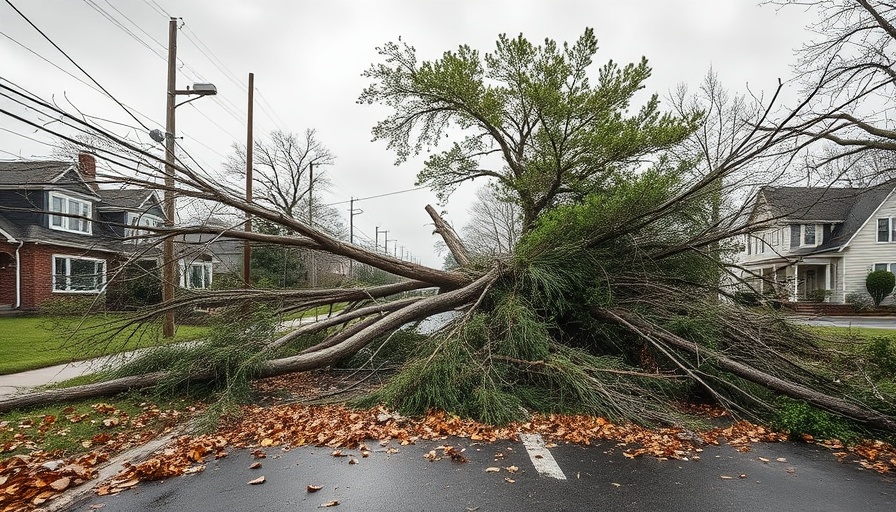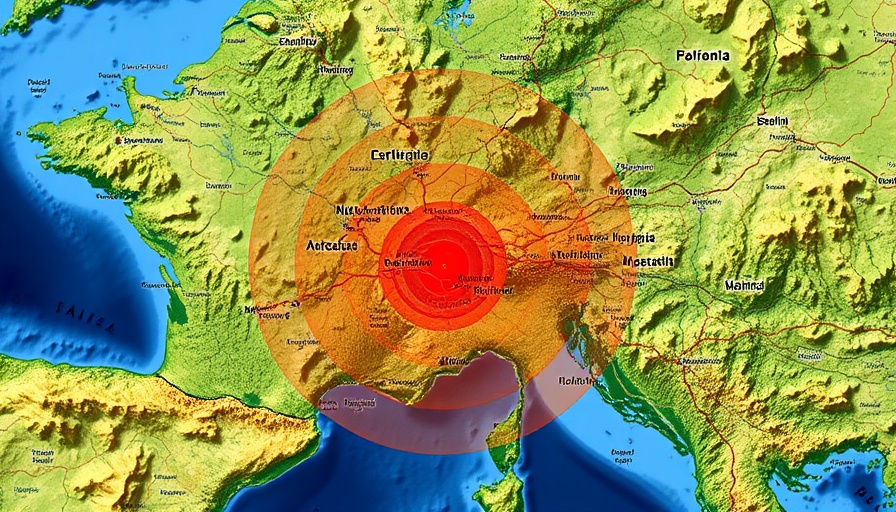
Understanding the Risk of Carbon Monoxide Exposure
The incident at Victory Lane Indoor Karting in North Charlotte underscores a significant health risk many indoor recreational facilities face—carbon monoxide (CO) exposure. On Sunday morning, a patron was hospitalized after a carbon monoxide incident prompted emergency responders to assess the facility. According to reports, the exposure was linked to gas-powered engines that require effective ventilation to prevent toxic fumes from accumulating indoors.
What is Carbon Monoxide and Why is it Dangerous?
Carbon monoxide is a colorless, odorless gas that can have deadly consequences if inhaled in high quantities. It is commonly produced during the operation of gas-powered machines, such as those used in go-karting. Symptoms of carbon monoxide poisoning can mimic flu-like conditions, leading to confusion and delayed recognition of the danger. Symptoms include:
- Headache
- Dizziness
- Nausea or vomiting
- Fatigue or weakness
- Confusion or poor judgment
- Chest pain
- Shortness of breath
- Loss of consciousness
Given these potential symptoms, the importance of proper ventilation is paramount in enclosed spaces utilizing combustion engines. The Charlotte Fire Department’s quick response to ventilate the facility exemplifies proactive measures that can help prevent severe outcomes.
The Critical Importance of Ventilation in Enclosed Spaces
Indoor recreational venues like go-kart tracks must adhere to stringent safety guidelines, particularly concerning ventilation systems. Fans and exhaust systems play a crucial role in managing air quality within these spaces. Proper air circulation can help mitigate the risks associated with carbon monoxide, ensuring that patrons enjoy recreational activities without health concerns. Emergency officials have emphasized that, in addition to ventilation, carbon monoxide detectors are essential for any facility that houses gas-fueled vehicles. These detectors can provide early warnings of elevated carbon monoxide levels, allowing for timely evacuation and response.
Community Awareness and Prevention Strategies
Charlotte residents should take note of this incident as a reminder of the potential dangers associated with recreational activities. Awareness campaigns focusing on recognizing the symptoms of carbon monoxide poisoning can help empower the public. Additionally, families planning indoor activities should inquire about the safety measures in place, including ventilation and the presence of carbon monoxide detectors.
What Happens Next?
As the investigation continues into the exact cause of the carbon monoxide levels at Victory Lane, patrons remain on alert. Operators of indoor venues must review and enhance their safety protocols to prevent future occurrences. Engaging with local fire departments to conduct safety inspections can be an excellent step for such businesses to align with safety standards and ensure customer health and safety.
This unfortunate event serves as a reminder for all entertainers and community venues to prioritize indoor air quality and reveal the importance of ongoing maintenance and safety checks. Emergency services, environmental health officials, and facility managers must work collaboratively to develop comprehensive safety strategies that prioritize the well-being of all visitors.
 Add Row
Add Row  Add
Add 




Write A Comment